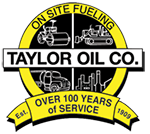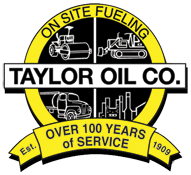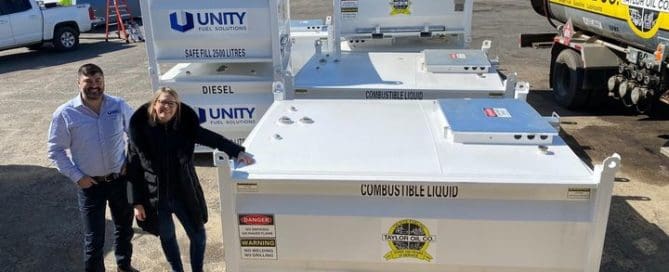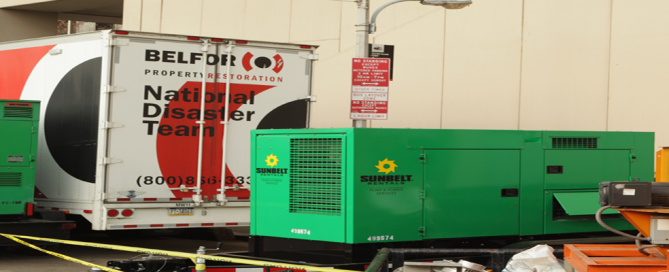Top 5 Reasons to Use a Diesel Generator
Top 5 Reasons to Use a Diesel Generator - Gasoline and diesel are the two most common options when it comes to generator fuel. Both are readily available and dependable, while generating low emissions and providing on-demand power. But there are a few differences between gasoline and diesel generators, which makes them ideal for different applications. Whether you are looking at purchasing a prime or standby generator, let’s go over the top reasons why you should use a diesel generator. 1. Fuel Consumption Diesel generators happen to be more efficient than gasoline generators, due mostly to the fact that they don't burn as much fuel in order to produce power. Plus, they have a high compression rate. If you’re looking for cost-efficiency and to boost your bottom line as a business owner, diesel is the way to go. 2. Safety Diesel is not as flammable as gasoline, making it the safer option. Because it’s less explosive and has a low risk of accidental ignition, a diesel generator is a good option for businesses that handle chemicals and combustible products. If you plan on storing your generator in an area featuring many heat sources, consider that diesel fuel has a [...]







